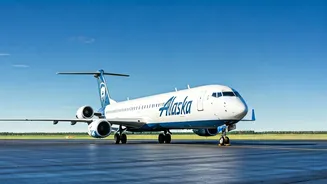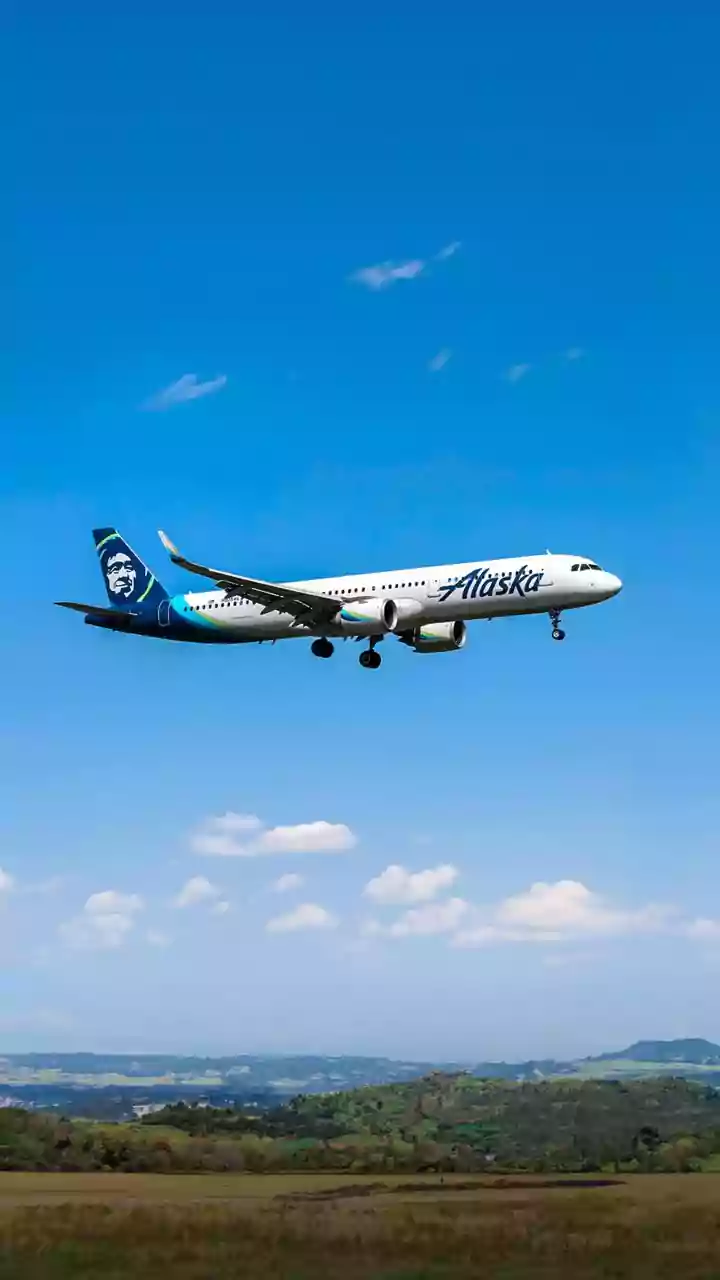IT Outage Overview
Alaska Airlines faced a significant operational hurdle when an information technology (IT) outage crippled its systems, mandating the grounding of planes
for several hours. This breakdown led to the cancellation of 229 flights, impacting numerous travelers. The airline communicated that it was working diligently to get passengers to their destinations, indicating ongoing efforts to reposition aircraft and crews for the resumption of services. This incident involved both Alaska Air and Horizon Air flights, though Hawaiian Airlines, which was recently acquired by Alaska Air Group, continued its scheduled operations without interruption. The incident follows a pattern, as computer issues have become a recurring challenge for the aviation sector, with temporary disruptions becoming more frequent.
Impact and Response
The IT outage triggered considerable travel chaos, with passengers facing delays and uncertainty. Alaska Airlines responded by advising travelers to check their flight status prior to arriving at the airport to mitigate inconvenience. The airline’s teams were focused on managing the situation, working to minimize the disruption and reposition aircraft and personnel. This proactive approach included keeping passengers informed and providing updates on the status of flights. The widespread nature of the outage and the consequent grounding of flights highlighted the dependency of modern air travel on complex IT infrastructures. The challenges underscored the need for robust systems and contingency plans to effectively respond to technological failures.
Industry Context
The IT outage experienced by Alaska Airlines is not an isolated event but part of a broader trend within the aviation industry. United Airlines encountered similar problems just a month prior, causing delays at major airports in cities like Chicago, San Francisco, and Newark, New Jersey. Earlier, on September 24, United Airlines again grounded flights nationwide due to a “connectivity issue”, requiring a temporary ground stop across the United States and Canada. The Federal Aviation Administration (FAA) issued the stop at United’s request, though the restriction was lifted after about half an hour. These recurring incidents highlight the susceptibility of the aviation sector to technological glitches, underscoring the importance of resilient IT infrastructure and quick recovery strategies to preserve operational efficiency and minimize passenger impact.

















